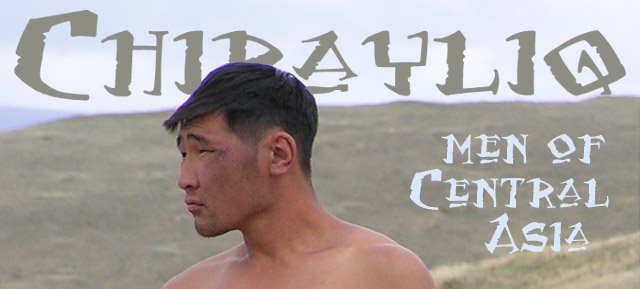
Tsam performers dressed as warriors pose for a photo. They serve as guardians of the sacrifial offerings at the Erlik Tsam from Urga. Erlik Nomun Khan is a deity with shamanic origins who is identified with Yamaraja, the Lord of Death, in Buddhism.
The Tsam dance is an important tradition of Buddhist worship in Mongolia. The first recorded Tsam dances were performed in Tibet over 1000 years ago. Buddhism was introduced to Mongolia through Tibet, and both belong to the Vajrayana branch of Buddhism, with heavy emphasis of monastic lineage and esoteric knowledge. The Tsam dance is not only an artistic performance; it is primarily a religious ritual and its purpose is to defeat the enemies of Dharma - that is, combat suffering, aggression and ignorance. Besides the secret tantric meaning, which is only revealed to the initiated (and thus outside our reach :-)), it serves an educational cause. In the Tsam dance, performers mask themselves as benevolent and wrathful deities. (As a Shingon - also a tantric school of Buddhism - priest once told me: "Unfortunately people do not only learn by kind words...") This way, the lay audience learns to know its protectors and teachers in the next life. In Buddhist imagery, a fearsome appearance - a skull face, animal fangs, blood-dripping claws - does not necessarily mean that the creature is evil. Even the most chilling masks represent important teachers and guardians of the doctrine.

The Shanak sorcerers are described as sorcerers of "black magic", but their purpose is to defeat the enemies of religion.
An intriguing aspect of the philosophy behind Tsam is that "Besides pleasing the external environment, the tsam performance also purifies internal environment or mental afflictions of all sentient beings including humans and to lead them to the Buddha's path." (Geshe Luvsangenden.Z)
Found at Face Music, Switzerland





No comments:
Post a Comment